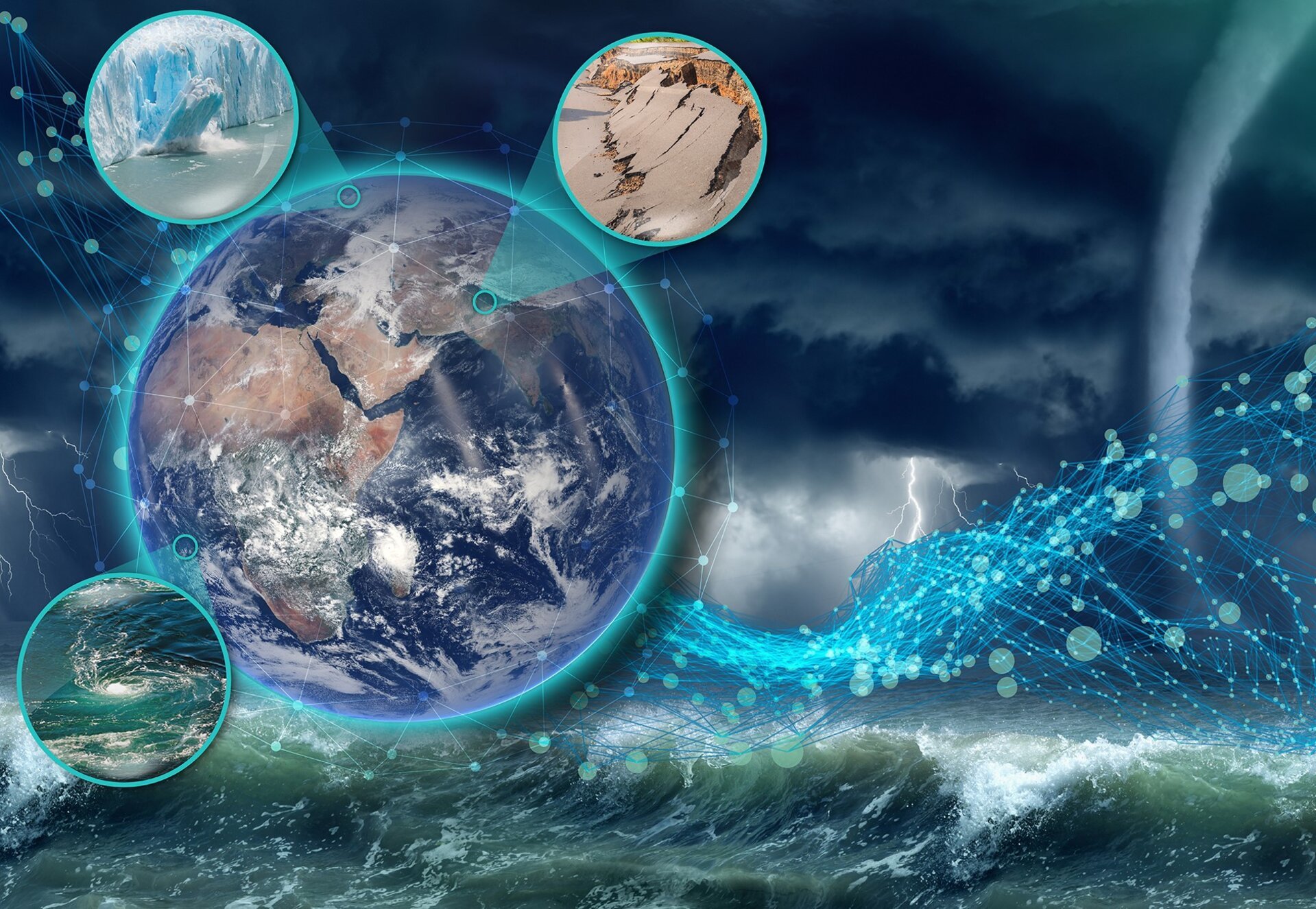ESA selects Harmony as Earth Explorer Flagship Mission
After years of in depth scientific and technical studies, ESA member states have formally selected Harmony as its 10th Earth Explorer flagship mission, set to be launched in 2029. Harmony was proposed in 2018 by an international scientific team lead by Dr. Paco López Dekker. Earth Explorer (EE) missions address questions that have a direct bearing on climate change research and other societally relevant issues.
This unique satellite mission will provide a wealth of new information about our oceans, ice, earthquakes and volcanoes – which will make significant contributions to climate research and geohazards risk assessment.
Ocean
Over the ocean, Harmony will deliver data which will improve our understanding of the upper ocean and of interactions between the lower atmosphere and the ocean surface, by providing, for the first time, large scale, high resolution, simultaneous measurements of wind, waves, surface currents, spatial variability in sea-surface temperature and cloud motion vectors.
Land
Over land, Harmony will provide data to estimate small shifts in the shape of the land surface, such as those leading to and resulting from earthquakes and volcanic activity, hereby contributing to the assessment of geohazards over geologically active areas. It will also provide new information to study 3D deformation and flow dynamics of glaciers for a better understanding of the contribution of ice mass loss on sea-level rise.
Paco López-Dekker
Harmony’s Lead Investigator, Paco López-Dekker, from the Delft University of Technology in the Netherlands further explains: “Harmony will, for example, be used to quantify the processes that govern the exchange of momentum, heat and moisture between the ocean surface and the air above. These exchanges drive processes in the lower atmosphere, largely affecting weather patterns and our climate. It will also be used to study deformation and flow dynamics at the rapidly changing ice-sheet edges for a better understanding of sea-level rise. In addition, Harmony will be used to study dynamic processes in mountain glaciers. These play an essential role in the supply of freshwater to hundreds of millions of people, so the importance of understanding their future evolution cannot be overstated. Finally, Harmony will be used to measure small shifts of the land surface such as those related to earthquakes and volcanic activity, and therefore contribute to identify and quantify geohazards.”
ESA aims at launching the Harmony mission in 2029. Until them, while European industry designs and builds the satellites, an ever-growing international science team will develop the retrieval algorithms, testing them with data acquired during field campaigns, and work on the validation and calibration concepts. The TU Delft, and in particular the Geosciences and Remote Sensing department, is set to play a key role in these developments.
More information in the press release of the European Space Agency.

